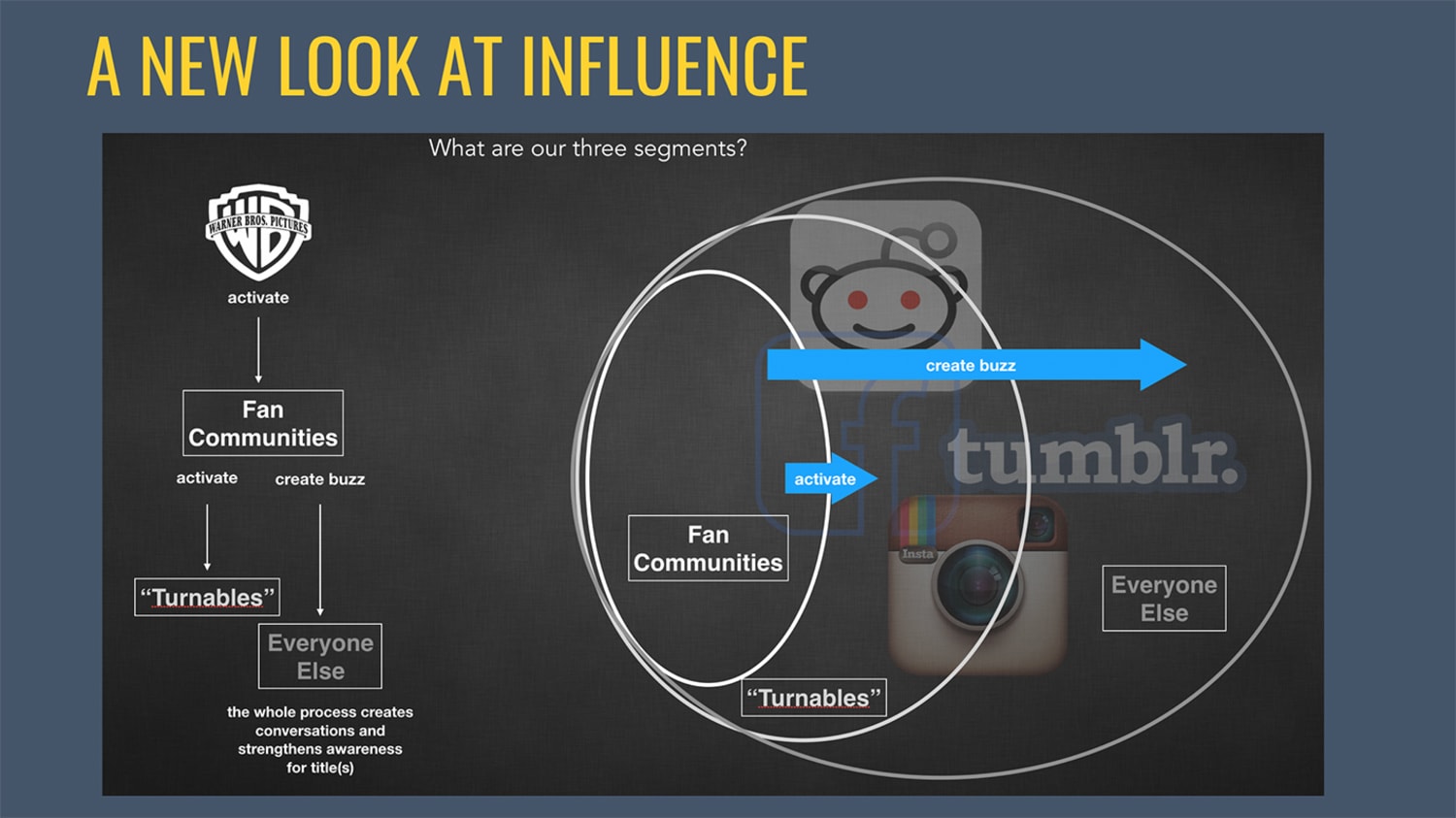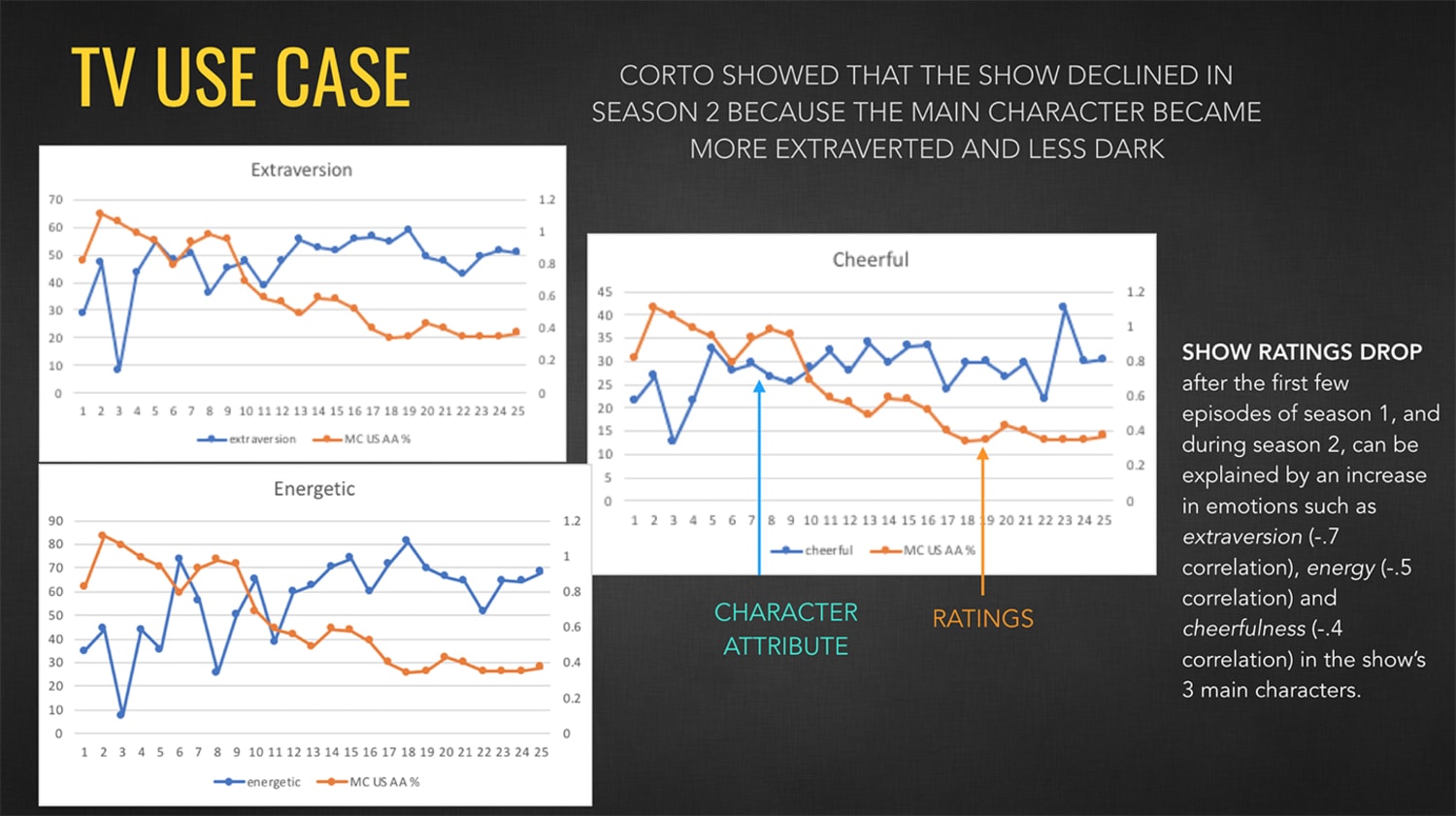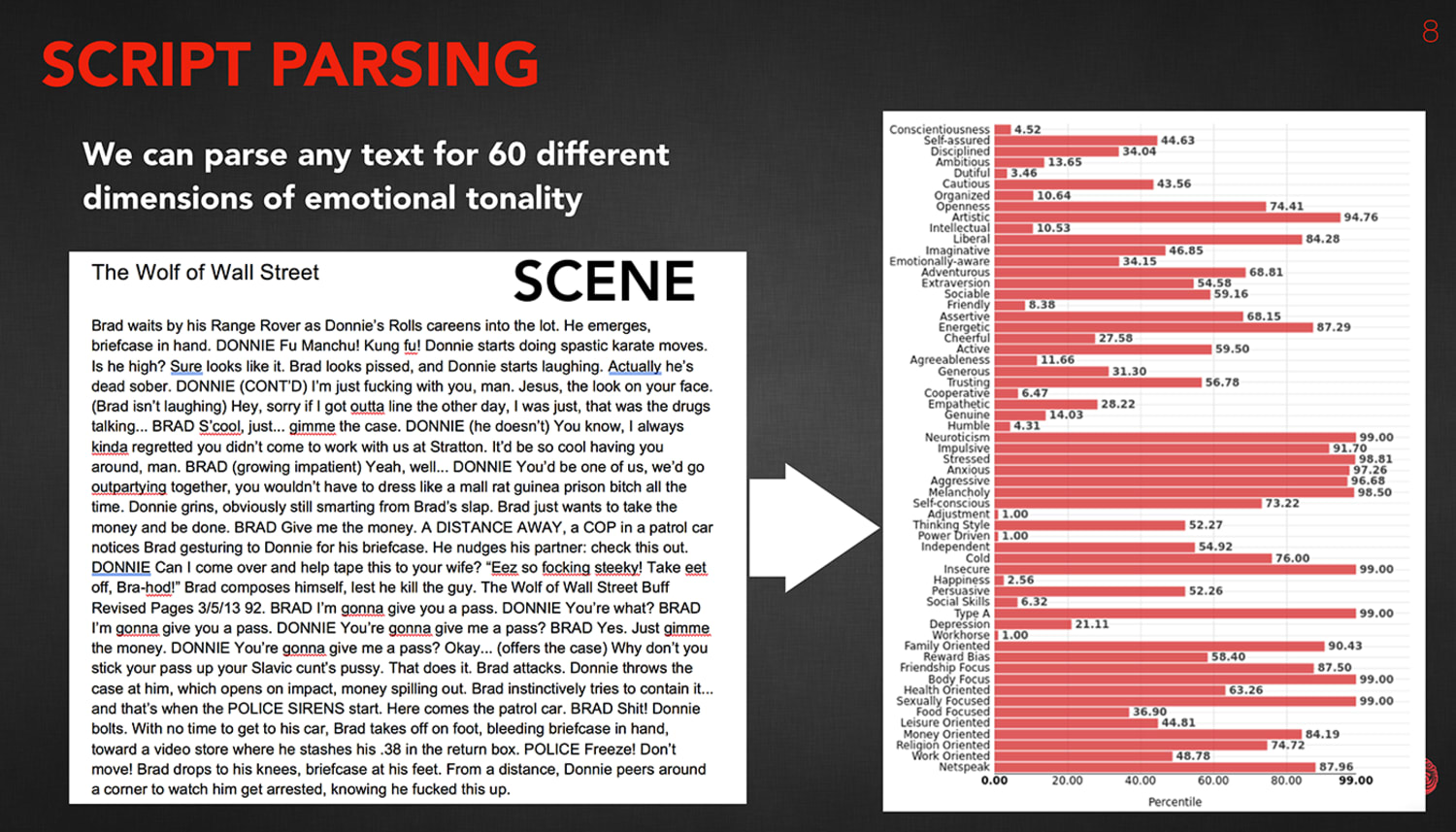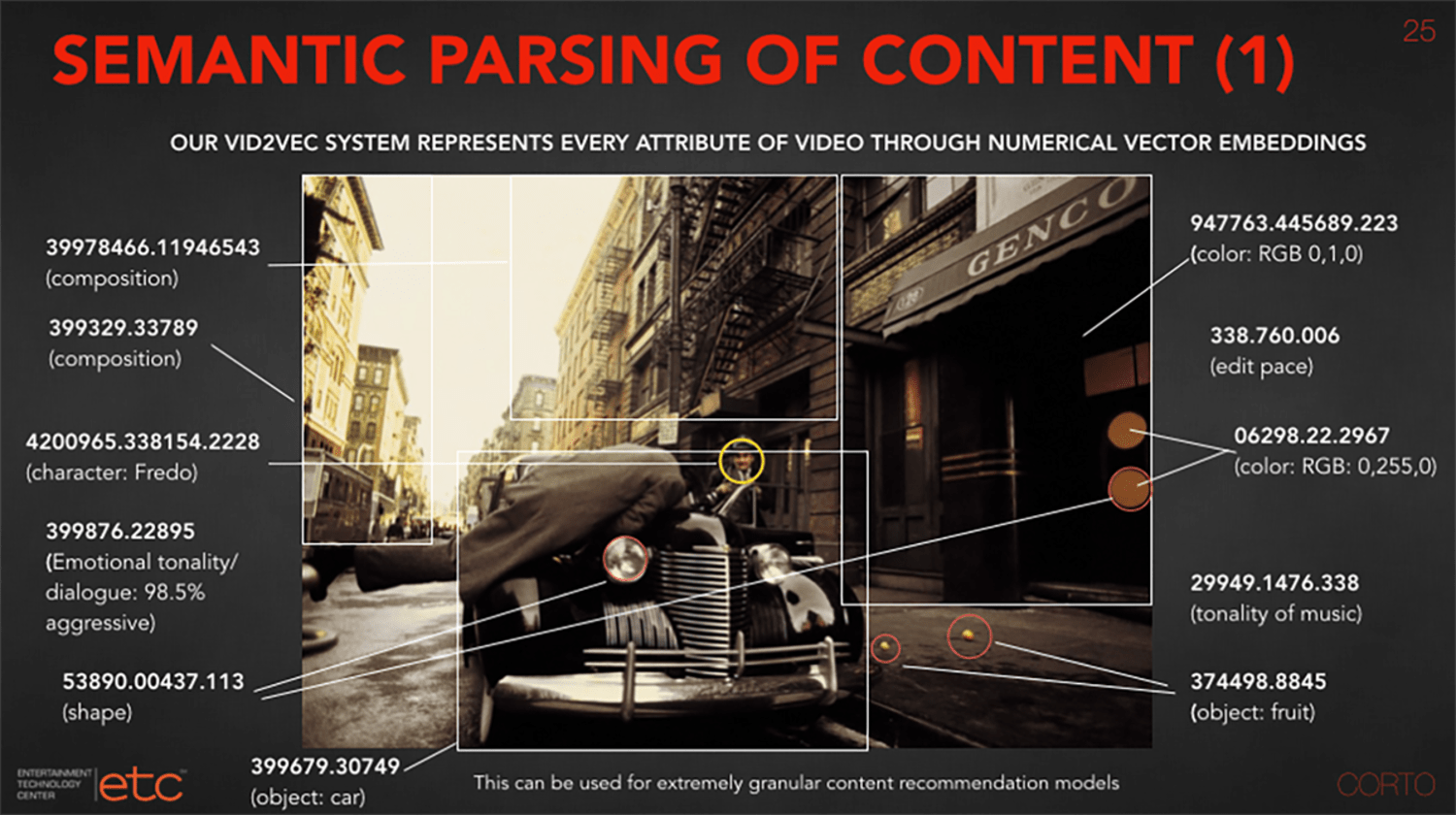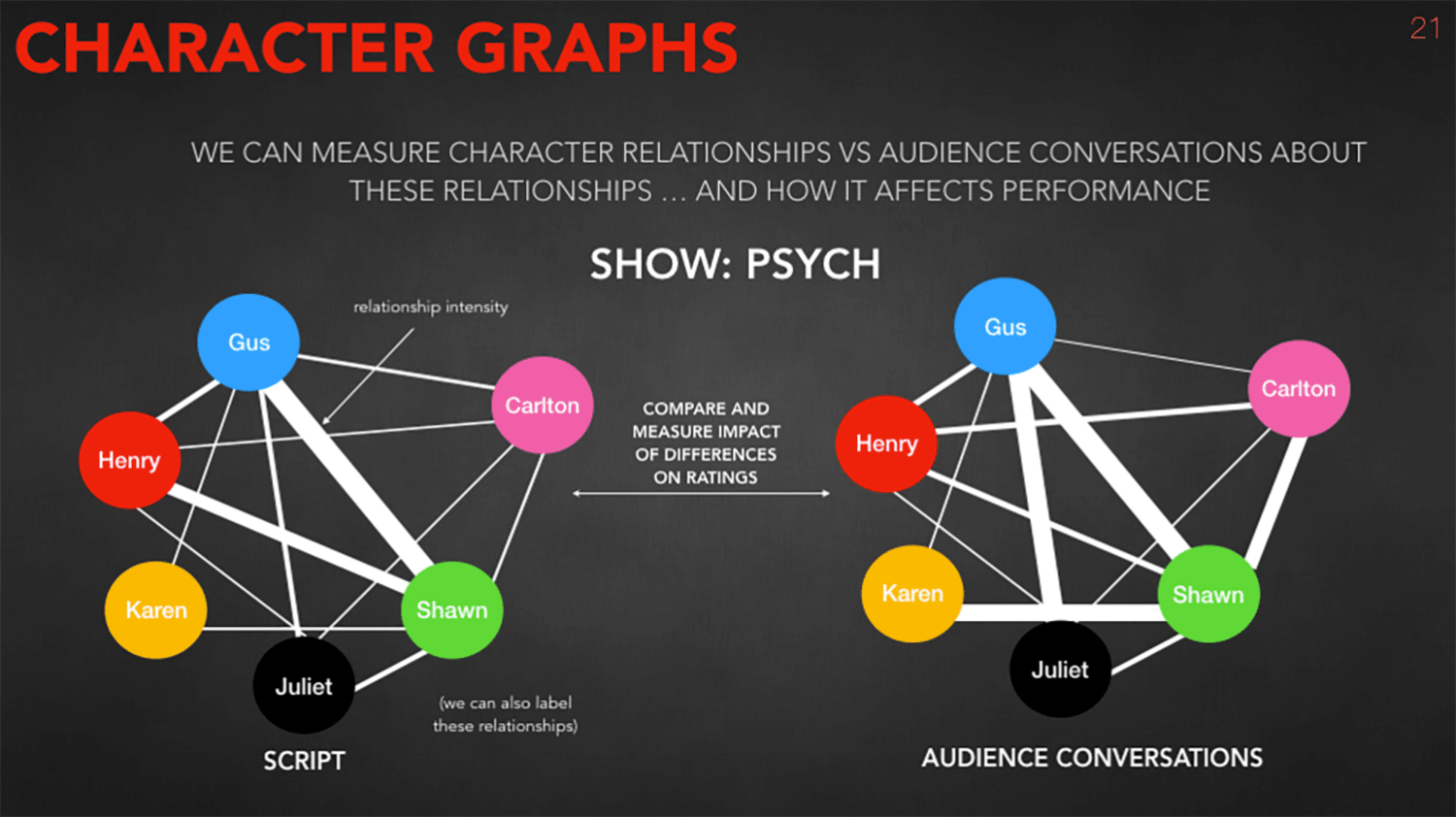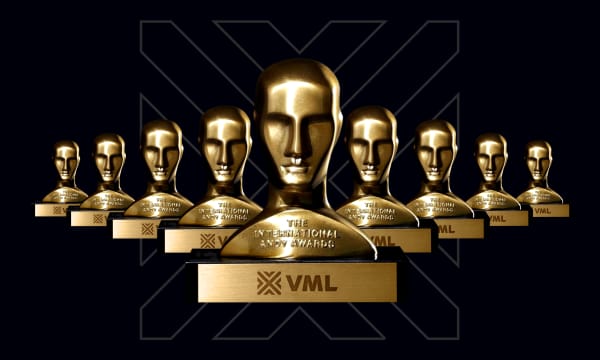New startup Corto is harnessing the power of artificial intelligence (AI) and data analysis to reimagine the creative process for the entertainment and marketing industries.
Every month, Corto collects 5 million unique conversations on media and entertainment in North America, China, South East Asia and Latin America. This knowledge bank forms the basis of their work and constitutes the largest repository of audience data in any of these regions. Yves Bergquist, cofounder and CEO of Corto, plans to leverage this wealth of data for the media and entertainment industries to drive performance and deliver deeper connections with audiences by unearthing the cognitive relationship between content and audience.
Here, Bergquist speaks with us about the holy grail of creative novelty, the highly-personalized future of entertainment and how he’s using AI and data to enhance storytelling and marketing.
What is Corto?
Corto is an early stage AI startup that is leveraging about 10 years of research and development that my team and I have been doing in the field as well as R&D we have been doing for the past two years at the Entertainment Technology Center at the USC, applying deep AI solutions to media and entertainment, creative and storytelling products.

